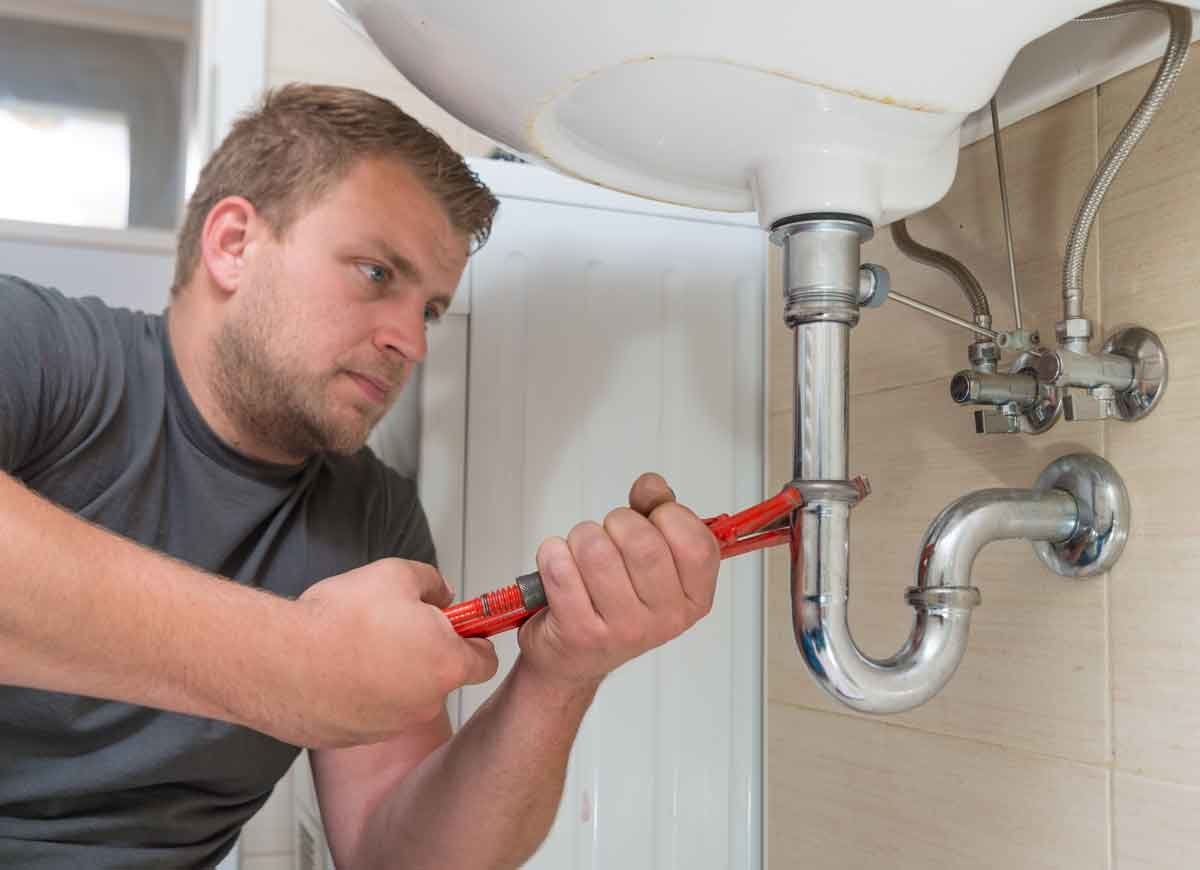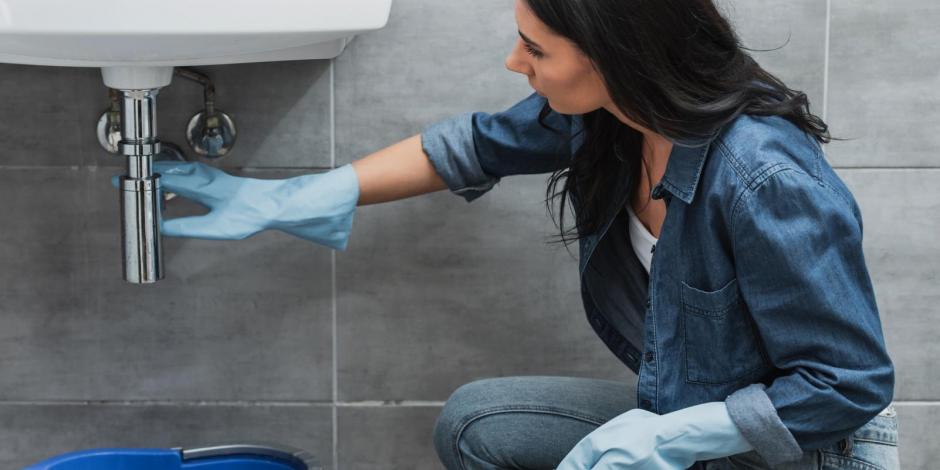To DIY or Not to DIY?
To DIY or Not to DIY?
Blog Article
The article which follows involving DIY vs. Professional Plumbing Repairs: When to Call a Pro is amazingly compelling. You should see for yourself.

Intro
Pipes concerns can vary from small inconveniences to significant migraines, commonly prompting home owners to make a decision in between dealing with the trouble themselves or calling an expert plumbing professional. Knowing when to DIY and when to look for specialist help can conserve time, cash, and avoid potential catastrophes. This article checks out the aspects to think about when making this crucial decision.
Advantages of DIY Plumbing
Handling pipes jobs yourself can be gratifying in several methods, specifically for less complex jobs.
Intricacy of Jobs
Some plumbing concerns require customized understanding and devices past typical property owner capabilities. Messing up intricate troubles can cause additional damages and expensive repairs.
Safety and security Problems
Collaborating with pipes systems includes dangers such as exposure to water damages, capacity for electrical threats, and managing tools inaccurately. Security safety measures must be observed to stop accidents and ensure efficient repair work.
Indicators to Call a Professional Plumbing Technician
Acknowledging when a plumbing problem goes beyond DIY abilities is critical to preventing intensifying problems.
Indications of Facility Concerns
Examples include:
Prompt specialist intervention is required to resolve these concerns effectively and minimize damage.
Do It Yourself Pipes Tips
For effective do it yourself pipes, it's necessary to be prepared with the right tools and comply with correct treatments.
Fundamental Tools and Materials
Secret tools for do it yourself pipes:
Step-by-Step Guides
Clear directions make sure risk-free and effective do it yourself repair services:
Selecting the Right Time to DIY
Figuring out when to take on pipes tasks yourself needs assessing both the complexity of the concern and personal comfort levels.
Evaluation Checklist
Consider:
Expense Cost savings
Do it yourself plumbing tasks often conserve cash by preventing professional service fees. Tasks like dealing with small leaks, replacing faucets, or mounting brand-new showerheads are examples where homeowners can take care of repair services without employing a plumbing.
Ability Enhancement
Taking part in DIY pipes uses a possibility to learn and enhance functional skills. Standard jobs encourage home owners to recognize their pipes systems far better and obtain self-confidence in managing small repair work individually.
Dangers of Do It Yourself Pipes
While DIY tasks provide advantages, specific risks ought to be very carefully taken into consideration prior to attempting fixings.
When to Most Definitely Call a Professional
Specific circumstances demand immediate skilled focus to prevent comprehensive damage or safety threats.
Emergency Situations
Instances include:
Searching for and Hiring an Expert Plumber
Selecting a certified plumbing professional ensures trustworthy solution and satisfaction in settling pipes issues.
Requirements for Option
Elements to take into consideration:
Cost Analysis: do it yourself vs. Expert Solutions
Contrasting the financial ramifications of do it yourself initiatives versus expert pipes services helps in making notified decisions.
Financial Considerations
Review:
Verdict
Choosing whether to DIY or call a professional plumbing technician rests on comprehending the intricacy of pipes issues and personal abilities. By weighing the benefits and threats, homeowners can make informed selections that promote effective upkeep and protect their homes from plumbing calamities.
DIY Plumbing Projects: What Homeowners Can Do and When to Call a Professional
Welcome to our comprehensive guide on DIY plumbing projects. In this blog post, we aim to empower homeowners with the knowledge and skills to tackle basic plumbing tasks around the house. From unclogging drains to fixing a leaky faucet, we’ll walk you through step-by-step instructions on how to handle these common issues.
However, not all plumbing problems can or should be solved with a DIY approach. Recognizing when a problem is beyond your skill level and requires professional intervention is just as important as knowing how to perform basic tasks. We’ll also discuss the signs that indicate it’s time to put down your tools and pick up the phone to call a professional plumber. By understanding when to DIY and when to call a professional, you can save time, avoid potential disasters, and ensure your home’s plumbing system remains in top shape.
Understanding Plumbing Basics
Before we dive into the DIY projects, let’s take a moment to understand the basics of your home’s plumbing system. A typical residential plumbing system consists of two major components: the water supply system, which brings fresh water into your home, and the drainage system, which removes waste water. These systems are made up of a network of pipes, valves, and fixtures that work together to deliver clean water and dispose of waste efficiently.
Regular maintenance of your plumbing system is crucial to prevent minor issues from escalating into major problems. This includes tasks like checking for leaks, removing minor clogs, and ensuring your pipes are insulated for winter. By performing these tasks regularly, you can extend the lifespan of your plumbing system, save money on water bills, and maintain the comfort and hygiene of your home.
In the following sections, we’ll explore some common DIY plumbing projects that homeowners can handle, as well as situations that require the expertise of a professional plumber. Whether you’re a seasoned DIY enthusiast or a beginner, this guide will provide you with valuable insights into the world of home plumbing.
DIY Plumbing Projects Homeowners Can Handle
Plumbing may seem intimidating, but there are several tasks that homeowners can confidently tackle with a little guidance and the right tools. Here are a few common issues you might encounter and how to address them.
Unclogging Drains
Use a Plunger: This is your first line of defense. A good old-fashioned plunger can dislodge the obstruction and clear the drain in many cases. Try a Plumber’s Snake or Hand Auger: If the plunger doesn’t work, a plumber’s snake or hand auger can reach deeper into the pipe to break up the clog. Use a Drain Cleaner: If physical methods fail, a chemical drain cleaner can dissolve the clog. However, use these products sparingly as they can damage your pipes if overused.

Hopefully you enjoyed reading our post about When to DIY and When to Call a Professional Plumber. Thank you for taking time to read through our article post. Don't hesitate to take a moment to distribute this write-up if you enjoyed it. I recognize the value of your readership.
Schedule Estimate Report this page